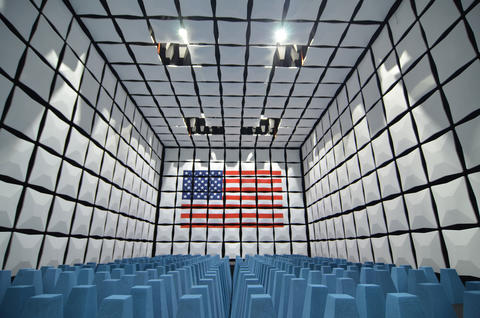
NIST’s state-of-the-art communication anechoic chamber.
Bluetooth, LTE, Wi-Fi, GPS — can they coexist?
All wireless systems rely on the same radio spectrum, an information superhighway that can get backed up when too many devices attempt to access it. That traffic jam can mean slow-to-load internet or dropped calls.
Many medical devices in hospitals and other health-care facilities are now wireless, and people with long-term medical conditions use smartphone apps to monitor their vital signs. Poor connectivity in these cases is unacceptable.
That’s one of the reasons why NIST researchers have the National Broadband Interoperability Test Bed. In anechoic chambers such as the one shown here, we can test the way wireless systems interfere or coexist with one another. No outside signals can enter to affect the experiments, and nothing that we do on the inside will cause disruptions for our neighbors.
NIST’s facilities — with robust test processes and validated measurement data — are helping to shape the future of wireless research and development so that these devices can operate in harmony, sharing the radio spectrum.
Get the specifics on the facilities and the work happening here:
Follow us on social media for more like this from all across NIST!

